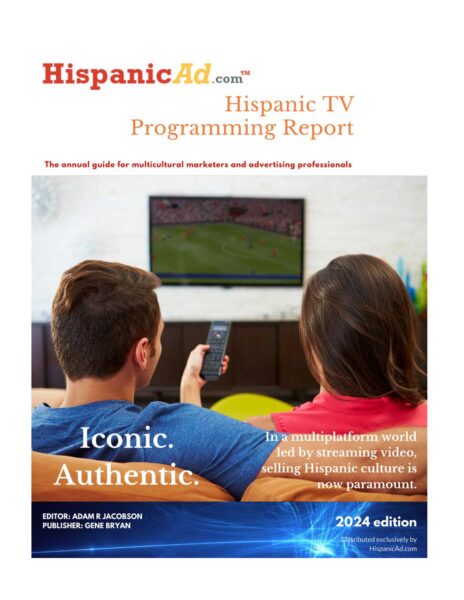What if Brand Building is just a Big Fake?
February 15, 2013
“Hostess Brands, the now bankrupt owner of the cream-filled confections, agreed on Tuesday to sell the snacks — along with Ho Hos, Sno Balls and Dolly Madison Zingers — to two investment firms with a shared history of corporate turnarounds. The deal, worth $410 million, was struck nearly four months after the last Twinkie rolled off the baking lines.”
That’s from the New York Times’ DealBook blog, in a post that gave credit to the new owners’ success rate with other revivals, including Pabst Blue Ribbon.
The lead read, “Twinkies and Ding Dongs are back from the dead.” But I wonder whether we should instead be celebrating “Ding Dong, the Witch is Dead,” and letting sleeping (or dead) dogs lie.
That said, I am fascinated by this move — which, if you think about it, could be both seminal and precedent-setting for resolving several key debates swirling right now in the marketing world:
Is brand building and brand equity really just window dressing, masking corporate and organizational management as the real hero or villain? Put differently, if the brands were so strong and relevant, wouldn’t the company have done just fine, regardless of heaping any blame (justified or otherwise) on internal factors?
The commoditization of the 4 P’s. Ultimately it was the 4 P’s that did Twinkies in. So is it reasonable to expect an incrementally tweaked version of the same 4 P’s to save and revive it? According to the post I quoted above, the new owners will look to the P’s of Place and Promotion as their pivots, in the form of new distribution outlets (Dollar General) and celebrity tie-ins (like Zach Galifianakis) respectively. Sounds pretty conventional and old-school marketing to me. If this fails, can we PLEASE put to bed once and for all the idea that the 4 P’s are essentially commoditized in today’s consumer and marketing worlds?
Will this be social’s day to shine? If strike 1 is the equity of brands and strike 2 is the 4 P’s, will strike 3 be the emphasis placed on social media as a means of swinging for the fences? The new owners are known for emphasis on social media platforms like Twitter, as well as “guerilla marketing” (their words.) As the saying goes, “you can’t put lipstick on a pig” – so for this reason, will social media be a saving grace or an albatross around its neck?
Enriched wheat flour, sugar, corn syrup, niacin, water, high fructose corn syrup, vegetable shortening, and the list continues…
Yummy.
Perhaps it’s unfair to heap all this pressure on a small artery-clogging product – but I think we should be equally fair and balanced in separating the hype from the hope. Yes, there were people on eBay paying hundreds and thousands of dollars for Twinkies, but this should not confuse a strong brand with weak character (AKA, morons).
The marketing world is always quick to take credit for successes (see: Cannes) and pass the buck at the first sign of failure (the best way to kill a bad product is with great advertising.). Should Twinkie Turnaround become the new Pizza Turnaround, no doubt we’ll be espousing the virtues of brands and brand advertising. However, if it fails, we’ll be blaming management, unions and poor choice of celebrity endorsers instead of the real reason: Brands ain’t what they used to be.
By Joseph Jaffe
Joseph Jaffe is founder and CEO of Evol8tion, an innovation agency that matches early stage start-ups with blue-chip brands. He has written three books, including “Flip the Funnel.”
Courtesy of MediaPost































